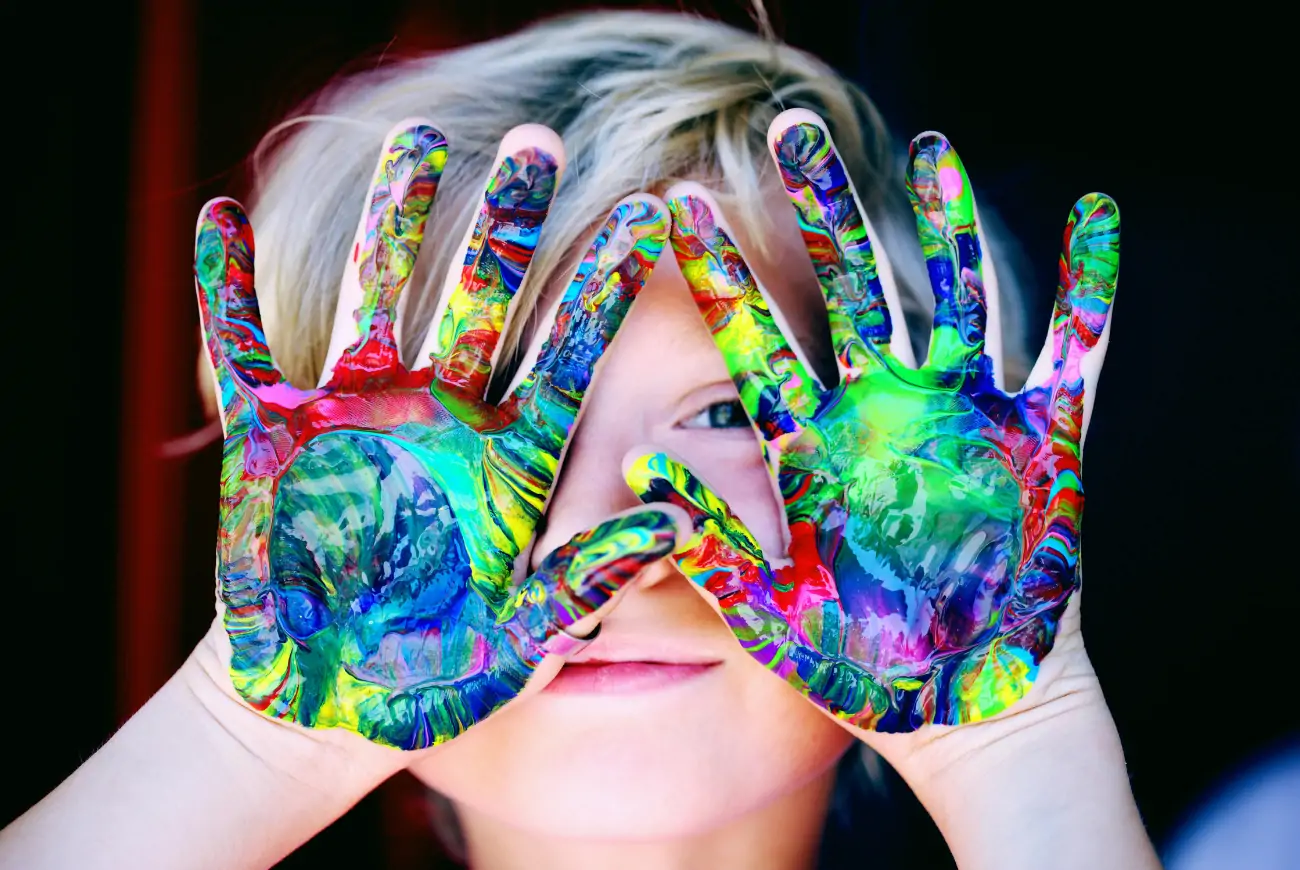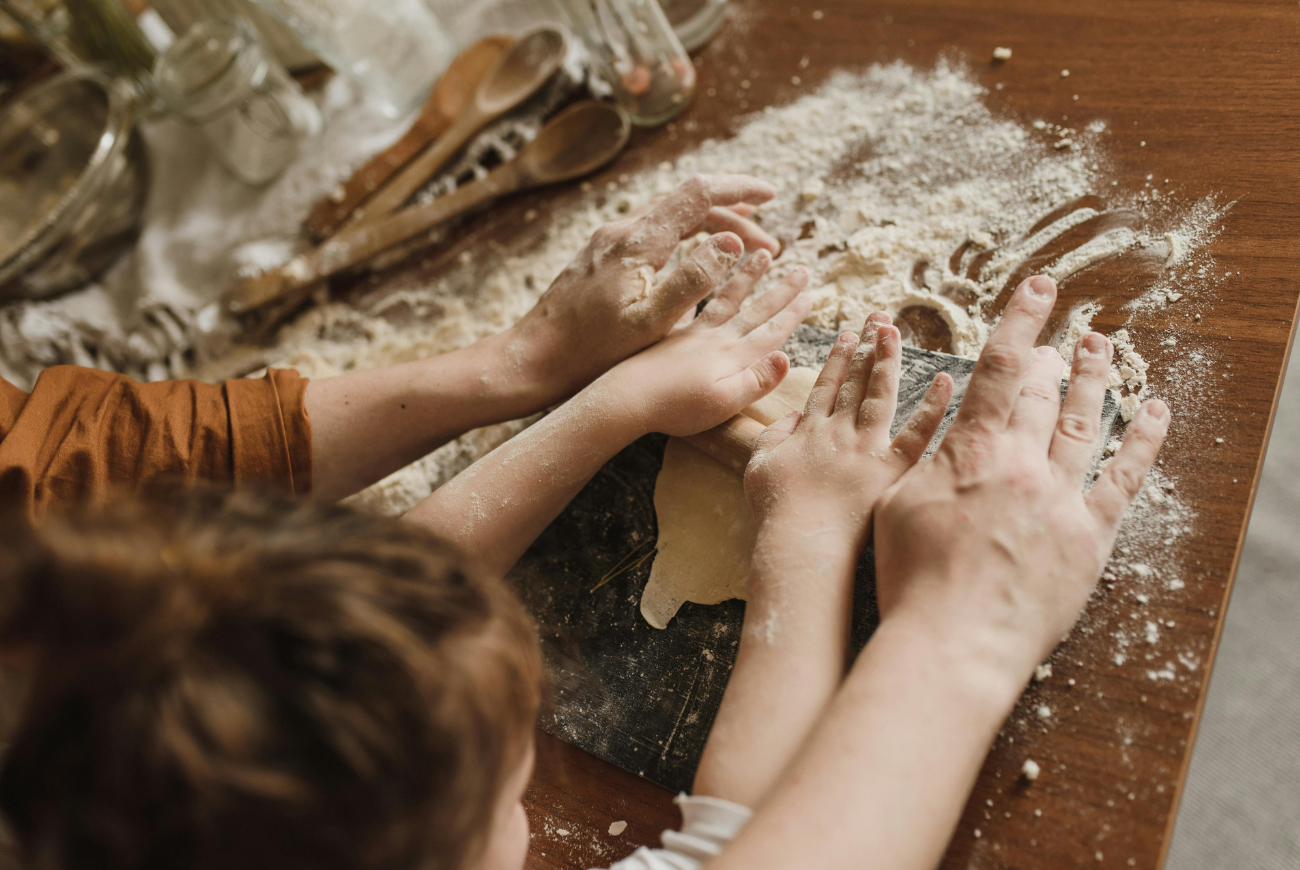The Importance Of Hand-Eye Coordination In Early Childhood Development
5 min read
Last Modified 30 May 2025 First Added 8 April 2024

From the moment they first reach their tiny fingers out towards you, your baby is making connections between what they see and how they move. Your familiar face, their favourite teddy or a dangling, high-contrast toy will be among the first things that they reach for. Hand-Eye Coordination is a critical skill – the ability to coordinate physical movement based on visual cues. You’ll see your child start to develop their hand-eye coordination from the moment they are born, and like other fundamental development skills, there are lots of way you can support and encourage them to master it.
Hand-eye coordination is the basis for lots of every day functions and activities, from reading and writing to tying shoelaces, playing sports, cooking…the list is endless. For your little one, developing their hand-eye coordination means they will be able to play more independently, picking up objects, moving and replacing, sorting and stacking, turning pages and pointing to pictures. The development of hand-eye coordination improves their spatial awareness, short-term memory and problem-solving skills as well as helping them to understand their place and impact in the world.

Once they are able to move more independently , you’ll begin to see them making deeper connections between what they see and what they want to explore with their hands. Touch is an important sense to an infant, and one of the only senses they possess even before they are born. As babies, they use their hands, feet and mouth to find out what things feel like before their eye sight is fully developed.
Toys that dangle will encourage your baby to reach for them when they are laying on their back, although their depth perception isn’t fully developed, contrasting colours and interesting shapes will keep your baby interested and encourage them to reach out for the prize!
As they get older and can play with your support, toys that focus on sorting and stacking give your little one a chance to test out their hand-eye coordination and give a sense of achievement when the task is completed
As soon as they are able to grasp objects, encourage passing back and forth and giving lots of praise when they follow the pattern and pass something back. As they grow, you can begin showing them how to catch and throw. Find balls or soft sacks with interesting textures and shapes to change things up.
The great outdoors gives plenty of scope for your childs developmental growth. Whether you are learning to count with our Counting with Nature guide, or playing outdoor games such as ring toss, hopscotch, football, hide and seek, you’ll be helping your child to further develop their hand-eye-coordination, physical strength, confidence and competitiveness.
Musical instruments make wonderful toys and encourage hand-eye coordination and other essential development skills like memory, confidence and creativity. Banging drums, a xylophone or buttons on an exciting musical toy give an instant noisy reward, helping them practise coordinating their movements to make music with you!
Taking part in daily routines and household activities is the ideal way for children to develop their sense of self along with their coordination. Getting dressed, tying shoelaces, cleaning teeth and tidying up all require elements of hand-eye coordination. In the kitchen, combining ingredients, rolling pastry, pouring and mixing all support the growth of your child’s fine motor skills and hand-eye coordination as well as their love of food! The kitchen is a great place for developing other skills too – read our blog, Cooking and Counting In The Kitchen.

Supporting your child’s natural development of their hand-eye coordination will help your child to thrive, especially when they start school. As they grow, keep up the focus on encouraging hand-eye coordination practise by providing plenty of opportunities to hone their skills in their play . Once your child is happy and able to play completely independently, they will gain new skills and learn how what they see, feel and do works together. Building blocks, construction sets and other early STEM-themed toys give your little one plenty of scope to stretch their imaginations and bring their ideas to life – we’ve got a great range for you to explore!